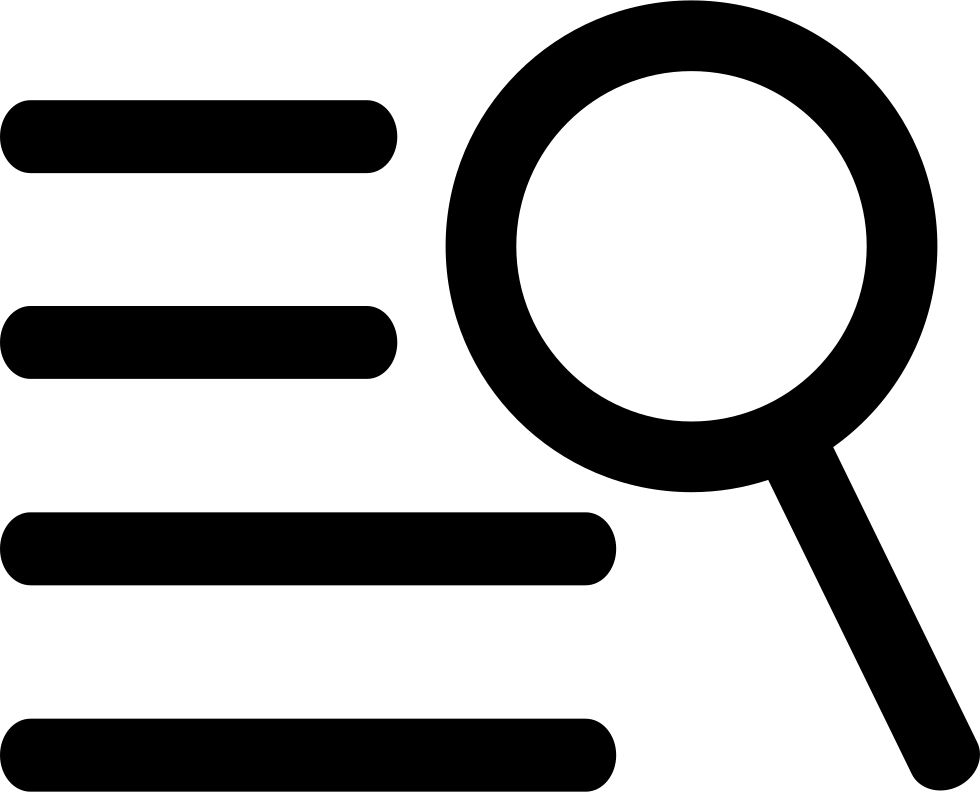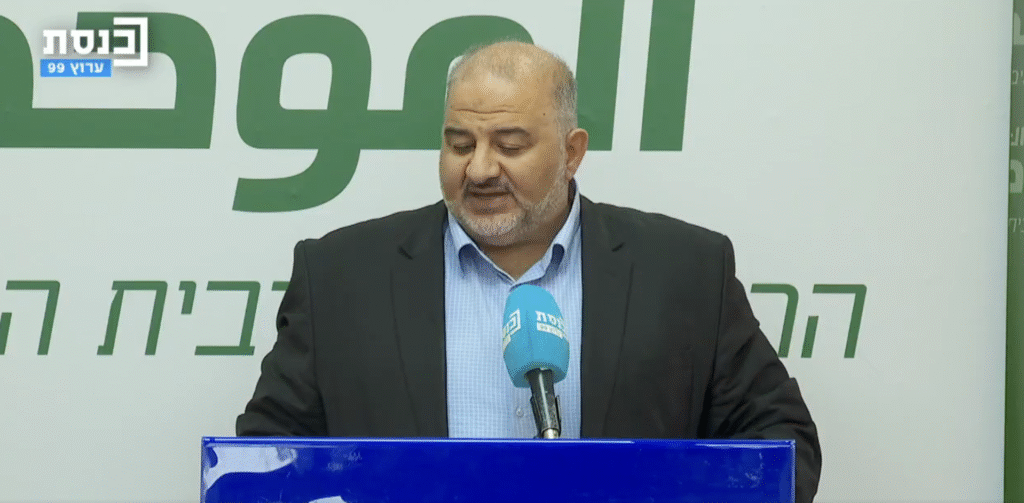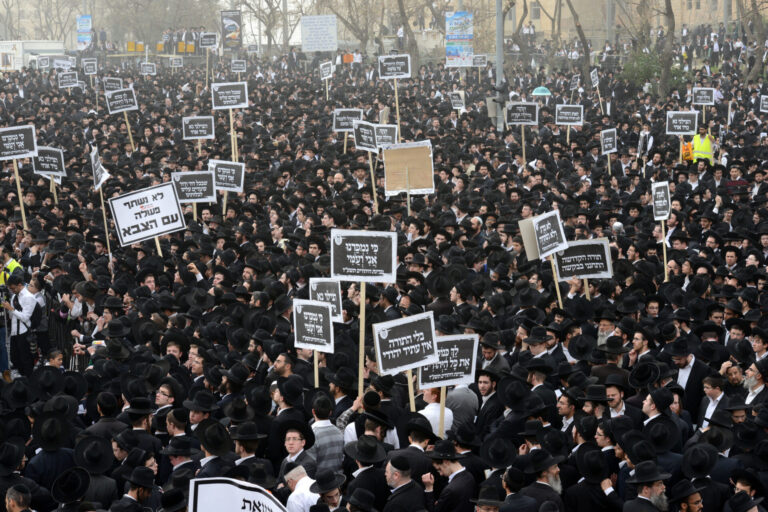While Israelis have largely accepted that an Arab party is unlikely to join the coalition after the next election, there’s another possibility they haven’t considered: that the Arab parties could in fact save Benjamin Netanyahu — and without joining his government. I explained just how in my Shabbat column for Israel Hayom, an excerpt of which is below.
***
Everyone is talking about the huge gaps between polling companies regarding the size of Benjamin Netanyahu’s bloc in an upcoming election, but no one is talking about the strange consistency in the size of the Arab bloc. In almost every poll, the two lists, Ra’am and Hadash-Ta’al, each get five seats. Just like in the last election.
That makes no sense. In fact, I’d bet money that the Arab parties will not end up with ten seats. Either a lot more, or a lot less. The reason is that the Israeli-Arab public’s situation on the eve of the 2026 election is completely different from what it was before the 2022 election.
On one hand, hardly anyone in the sector has illusions that Mansour Abbas’ Ra’am party will join the next coalition as it did in the previous one. What was barely — and only temporarily — possible in a government preoccupied mainly with COVID will not be possible when the IDF is still fighting on three or four fronts. On the other hand, the widespread apathy in 2022 over who wins the election has turned into rage, hatred, and disgust toward the Netanyahu-Ben Gvir government, both because of the spike in crime-related murders that National Security Minister Ben Gvir promised to solve, and due to the war in Gaza.
Where could this lead? One reasonable possibility is a renewed unification of the Arab Joint List as a technical bloc. They would all run together, including the Balad party, win the maximum possible number of votes, and then split afterward: Abbas to look for partnerships with the anti-Netanyahu “change” bloc, and the others to the opposition. In that case, and against the backdrop of the desire to topple the hated right-wing government, 14 out of the Knesset’s 120 seats would be the minimum required. Ra’am’s chairman, however, is convinced that even 16 or 17 seats are possible. And if negotiations fail and the lists run in three separate groups, even 10 seats would look like an achievement compared to what the ballot box would otherwise deliver.
This would have a dramatic impact on the upcoming election, much more than the question of who Gadi Eisenkot runs with. After all, even in the most flattering polls, the change bloc’s majority is hanging by a thread: 61 seats, 62 at most. But if the Arabs win a few more mandates than expected, the dream of replacing Netanyahu is over.
What does that say about the Balad and Hadash parties, who will neither join Netanyahu or the change bloc? Suddenly the roles reverse: the change bloc’s supreme interest is to reduce their strength, while for the right, suddenly an alliance emerges of Bibi and Ahmad Tibi, from the Ta’al party.
And more significantly: what will Naftali Bennett and Avigdor Liberman do if the polls consistently show that the chance for a “change” coalition is gone? Will they still insist that they won’t rely on Ra’am and risk plunging in the polls, since there’s no chance of forming a government, or will they openly consider renewing the alliance with Ra’am to keep the possibility of an upset alive?
It was nearly impossible when Ra’am was a tiny faction of four seats — and it will be even harder when the United Arab List could become the second-largest faction in the Knesset.









